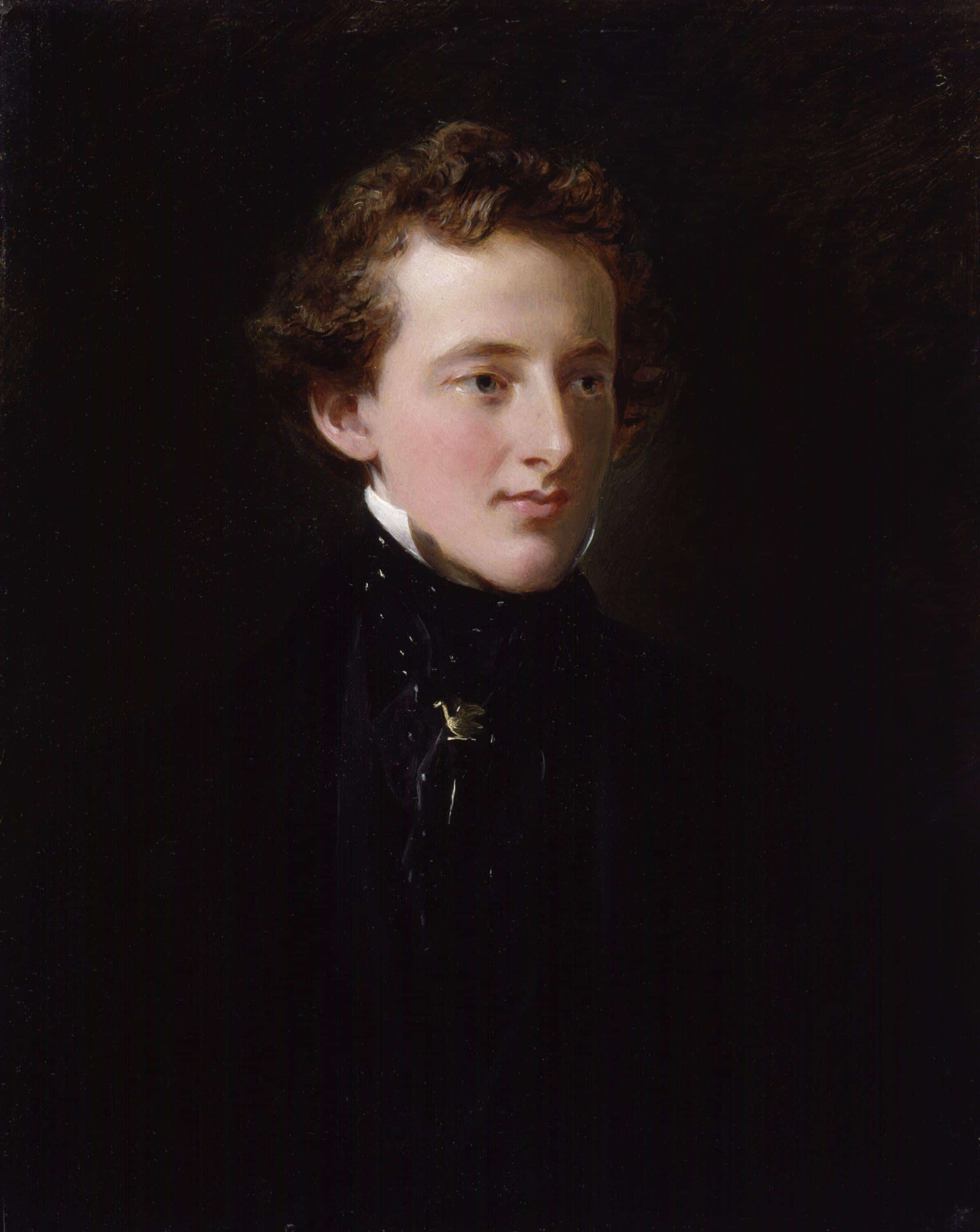

John Everett Millais
GB
193
Artworks
1829 - 1896
Lifespan
Artist Biography
Sir John Everett Millais (1829-1896) was a towering figure in 19th-century British art, renowned as a child prodigy, a co-founder of the revolutionary Pre-Raphaelite Brotherhood (PRB), and later, one of the most successful and wealthiest artists of his era. Born in Southampton to a prominent Jersey family, Millais's artistic talents were evident from an exceptionally young age. His mother, a driving force in his early life, facilitated the family's move to London in 1838 to nurture his gift. He attended Sass's Art School and, at the unprecedented age of eleven, became the youngest student ever admitted to the Royal Academy Schools in 1840. His precocity was confirmed by numerous awards, including a silver medal for drawing in 1843 and a gold medal in 1847 for his historical painting, *The Tribe of Benjamin Seizing the Daughters of Shiloh*.
In 1848, Millais, alongside fellow students William Holman Hunt and Dante Gabriel Rossetti, formed the Pre-Raphaelite Brotherhood. This rebellious group sought to overturn the prevailing academic artistic conventions, which they felt had become stagnant and overly reliant on the style of Raphael and his successors. The PRB advocated for a return to the detailed realism, vibrant colour, and earnestness they perceived in early Renaissance art, urging artists to "go to nature." Millais's early PRB works exemplified these ideals. *Isabella* (1849) was his first major painting in this style, followed by the highly controversial *Christ in the House of His Parents* (1850). This latter work, depicting the Holy Family with unflinching realism in a humble carpenter's workshop, was lambasted by critics, including Charles Dickens, for its perceived lack of idealisation and irreverence. However, Millais soon achieved critical and popular acclaim with works like *Ophelia* (1851-52), a hauntingly beautiful depiction of Shakespeare's tragic heroine, which became an iconic image of the Pre-Raphaelite movement, and *The Order of Release, 1746* (1853).
The 1850s marked a period of significant personal and artistic transition for Millais. His friendship with the influential art critic John Ruskin, an early champion of the PRB, led to an acquaintance with Ruskin's wife, Effie Gray. While painting her portrait for *The Order of Release*, Millais and Effie fell in love. After the annulment of her marriage to Ruskin in 1854, Effie and Millais married in 1855. This period also saw Millais gradually move away from the meticulous detail and overt symbolism of his early Pre-Raphaelite style towards a broader, more painterly approach. This shift, partly driven by the need to support his growing family, was viewed by some, including Ruskin and William Morris, as a compromise of his artistic integrity. Nevertheless, his later works achieved immense popularity. He became a prolific illustrator, contributing to the Moxon edition of Tennyson's poems and various periodicals, and excelled in painting sentimental depictions of children, such as the famous *Bubbles* (1886), later used for a Pears soap advertisement, and portraits of elegant women.
From the 1870s onwards, Millais solidified his reputation as a leading portraitist, capturing the likenesses of prominent figures such as Thomas Carlyle, William Gladstone, Benjamin Disraeli, and Alfred, Lord Tennyson. His portraits were admired for their psychological insight and technical skill, often drawing comparisons to Old Masters like Velázquez. He also explored historical themes, often with a patriotic bent, in paintings like *The Boyhood of Raleigh* (1871) and *The North-West Passage* (1874). Alongside his portraiture, Millais produced a significant body of landscape paintings, particularly scenes of Perthshire, Scotland, where he frequently holidayed. These landscapes, such as *Chill October* (1870), are often autumnal, melancholic, and evocative of a sense of transience, painted with a looser, more atmospheric touch than his earlier works.
Millais's career was laden with honours. He was elected an Associate of the Royal Academy in 1853 and a full Academician in 1863. In 1885, he became the first artist to be created a baronet, a testament to his esteemed position in Victorian society. His career culminated in his election as President of the Royal Academy in February 1896, succeeding Lord Leighton. Tragically, his tenure was brief; already suffering from throat cancer, Millais died in London on August 13, 1896, and was buried in St Paul's Cathedral. Despite criticisms of his later commercial success, Millais's legacy endures. He was a pivotal figure who navigated and shaped the complex artistic landscape of Victorian Britain, leaving behind a diverse and influential body of work that continues to be re-evaluated and admired. His life and relationships, particularly the love triangle involving Ruskin, have also remained subjects of enduring public fascination.